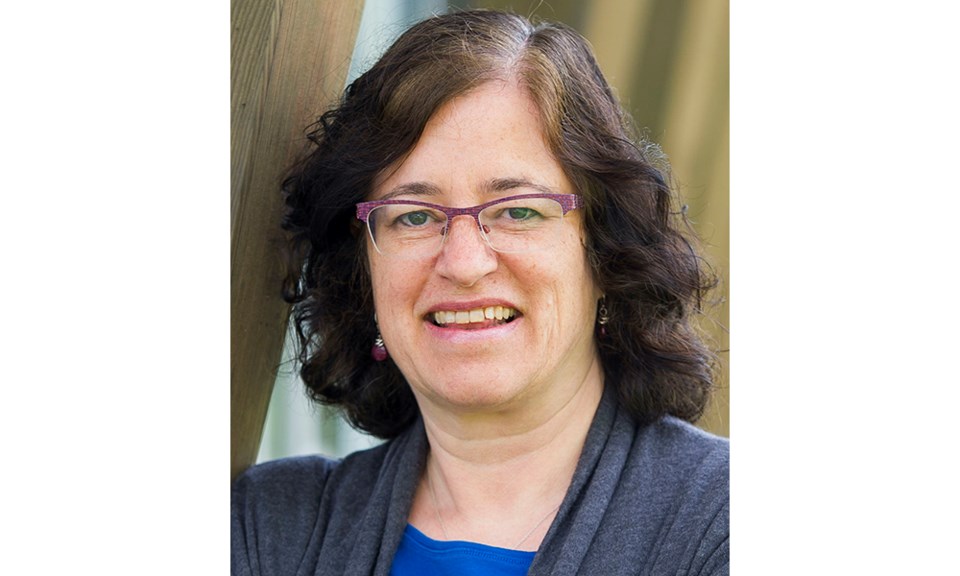WARNING: This story contains details about residential schools that some readers may find upsetting. Help is available for former students and those affected at the national crisis line: 1-866-925-4419.
Over the past couple of weeks, British Columbia made international headlines for two shameful incidents, one from long ago and one from the present day. The first, of course, was the tragic discovery of the remains of 215 children who were students of the Kamloops Indian Residential School. The second was the photo of a massive, old-growth tree that had been cut down being driven down a highway on Vancouver Island.
These might seem like two completely disparate news stories, that just happen to be linked by geography, but I would beg to differ.
Both of these stories represent our province’s split from its first people and the shattering ripple effects that colonization, which caused that rift, is still having today. The issue of Missing and Murdered Indigenous Women and the opioid overdose crisis are also linked to that rift, which must be healed for our province and all of its people to flourish.
Indigenous people lived in British Columbia for time immemorial, keeping the land pristine for generations to come. They cared for their children, raising them and educating them in the things they needed to know to survive and thrive on the land.
But with colonization, came residential schools. Colonialism includes the arrogant and mistaken belief that the dominating culture is superior to other cultures, and residential schools were that belief in action.
The Truth and Reconciliation Commission found that at least 150,000 First Nation, Metis and Inuit students were sent to residential schools between the 1870s and the 1990s throughout the country, separated from their families and their communities, in an attempt by Canada to break their link to their culture and identity. Thousands never returned home.
“These measures were part of a coherent policy to eliminate Aboriginal people as distinct peoples and to assimilate them into the Canadian mainstream against their will,” the Commission found.
Sometimes parents never found out what happened to their children. The Tk’emlúps te Secwépemc Kukpi7 discovery confirms what Indigenous people knew all along – that children died and were buried while attending residential schools and their families were never informed and were never able to properly mourn them.
The effects of this cruel system and other colonial actions ripple through B.C. today. Survivors continue to suffer, as do their children and grandchildren. B.C. continues to remove Indigenous children from their homes, taking them into foster care at rates far higher than non-Indigenous children. It’s going to take many generations to heal this damage, caused by Canada.
“Today, some of the children who were found in Kamloops, and who have yet to be found in other places across the country, would have been grandparents or great-grandparents. They would have been elders, knowledge keepers and community leaders. They are not, and that is the fault of Canada,” Prime Minister Justin Trudeau said in the House of Commons.
So back to the massive tree, a photo of which went viral just as protests intensified at Fairy Creek, in an attempt to prevent logging of ancient old-growth forest in that area.
Member of Parliament Elizabeth May presented a petition on behalf of Vancouver Island residents in the House of Commons, saying only 2.7 per cent of B.C’s old-growth forest remains. She urged the government to recognize the importance of old-growth forests in fighting climate change and halt the export of raw logs.
It’s complicated, because many jobs depend on the logging sector in B.C., as well as the livelihoods of several First Nations. Lumber prices are sky-high.
But this week, three Vancouver Island First Nations, the Ditidaht, Huu-ay-aht, and Pacheedaht, asked the provincial government to put off old-growth logging in Fairy Creek and the central Walbran area for two years, while they come up with a sustainable way forward.
“We ask that all peoples both Indigenous and non-Indigenous learn and move forward together and that by working together we can realize a future that is fair, just, and equitable,” said Jeff Jones, Chief councillor of the Pacheedaht First Nation.
They commit to taking care of the land for future generations, drawing on the teachings of their ancestors, the wisdom of their elders, input from citizens and partners and the best forestry, fishery and resource management advice available.
Two days later, B.C. Premier John Horgan agreed to honour their request.
“Reconciliation with Indigenous peoples and protecting the environment are top priorities for our government. We believe they must go hand in hand," said Premier John Horgan. “The first step in protecting old growth must be respecting Indigenous peoples' land-management rights in their territories."
That’s a good start because British Columbia needs to heal its rift with the First Nations, who were here first. Important steps, such as implementing the United Nations Declaration on the Rights of Indigenous People and infusing the K-12 school curriculum with First Nations culture and perspectives, have begun, but much, much more remains to be done. If you’re wondering what you can do to help, I suggest you start by reading the Truth and Reconciliation Commission report and its calls to action.
Tracy Sherlock is a freelance journalist who writes about education and social issues. Read her blog or email her [email protected]




